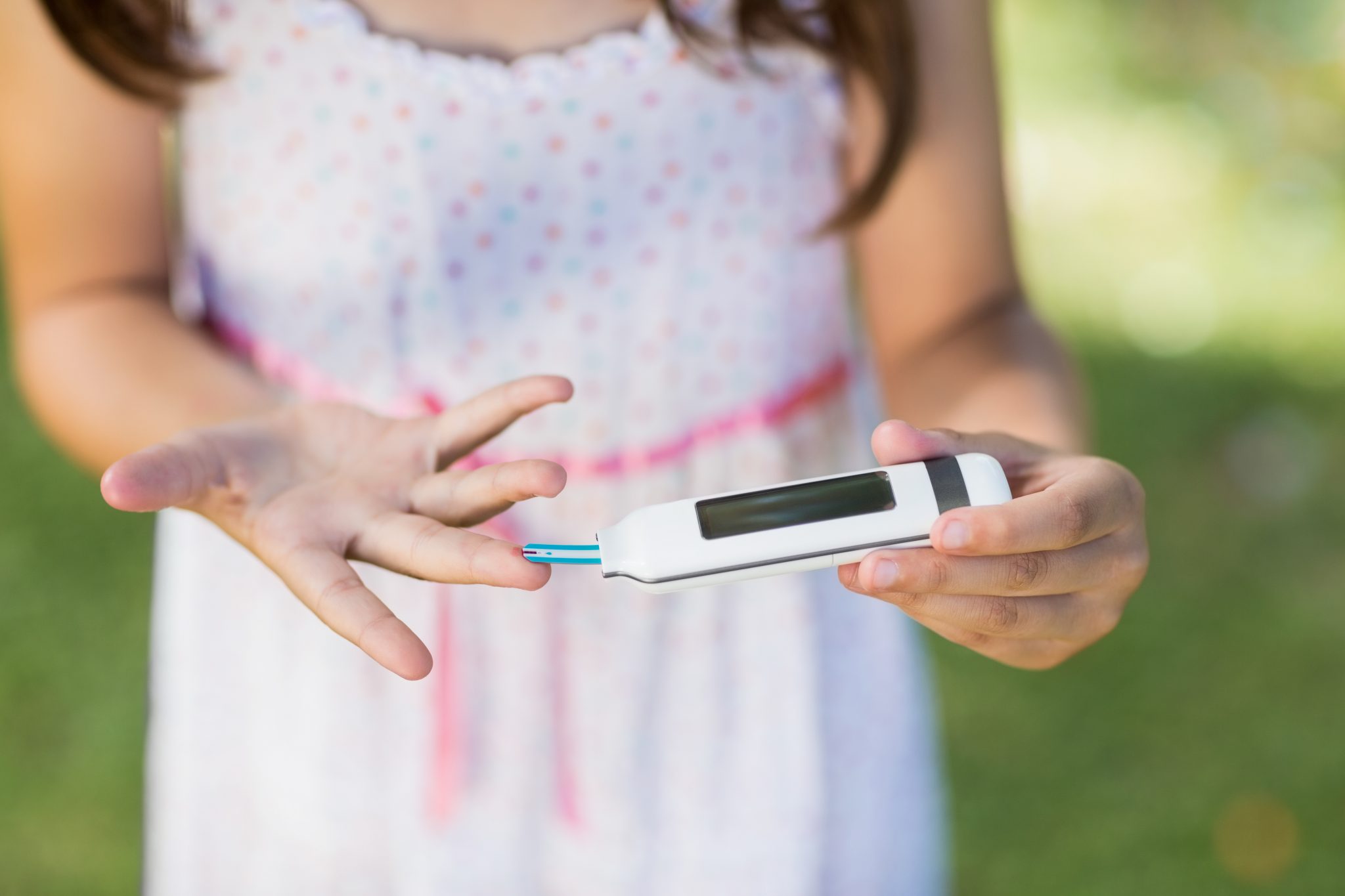Home & Family

The American Diabetes Association recognizes November as American Diabetes Month. The 2022 campaign is Today’s Diabetes Hits Different! The question is always what should I eat if I have pre-diabetes or diabetes?
You do not have to change your diet entirely if you have pre-diabetes or diabetes. Many people with diabetes find it easy to have some basic guidelines when planning their meals. A balanced plate can help you eat healthier with pre-diabetes or diabetes. Limiting the number of carbohydrates you eat, as well as losing weight, are some of the key ways to help manage diabetes.
No one meal plan works for everybody with diabetes. The following guidelines can help you figure out what to do.
Balance Your Plate
- Fruits: A serving of fruit is one small fresh fruit, 2 tbsp dried fruit, or ½ cup canned fruit (in natural juice or water) or 4 oz unsweetened fruit juice.
- Vegetables: Choose nonstarchy vegetables, such as onions, green pepper, broccoli, carrots, cabbage, or green beans.
- Grains: Fill ¼ of the plate with bread, cooked grain, or starchy vegetables such as corn, brown rice, or potatoes. Choose whole-grain versions when possible and aim for natural rather than processed foods.
- Dairy: Add 1 cup fat-free/low-fat milk or 2/3 cup fat-free/low-fat/light yogurt.
- Protein: Fill ¼ of the plate with lean meat, chicken, turkey, or fish. Tofu, nuts, and beans can also be a good source of protein. Keep in mind that some sauces you might eat on your protein choices (like barbecue, teriyaki, or other glazes) may be high in sugar.
Portion Sizes
A crucial part of healthful eating means choosing appropriate amounts of different foods. Measuring or weighing foods is the most accurate way to figure out portion sizes. Read more about portion sizes in Alabama Extensions publication FCS-2501, True Portion Size.
Meal Planning
A meal plan is your guide for when what, and how much, you need to eat to keep your blood sugar levels in your target range. A good meal plan will consider your goals, taste, and lifestyle, as well as any medicines you are taking.
A good meal plan will also consist of
- nonstarchy vegetables, such as Brussels sprouts, cauliflower, cucumbers, dark leafy greens, and green beans.
- fewer added sugars and refined grains, such as white bread, rice, pasta with less than 2 grams of fiber per serving.
- a focus on whole foods instead of highly processed foods.
- carbohydrate counting.
Carbohydrates in the food you eat raise your blood sugars levels. How fast carbohydrates raise your blood sugar varies on what the food is and what you eat with it. For example, drinking fruit juice increases blood sugar quicker than eating whole fruit. Eating carbohydrates with foods with protein, fat, or fiber does not raise your blood sugar fast. Keeping track of how many carbs you consume and setting a limit for each meal can help keep your blood sugar levels in your target range. Work with your doctor or a registered dietitian to determine how many carbohydrates you can eat each day and at each meal.
Checking your blood sugar as directed by your doctor will help you see how your food choices affect it.

